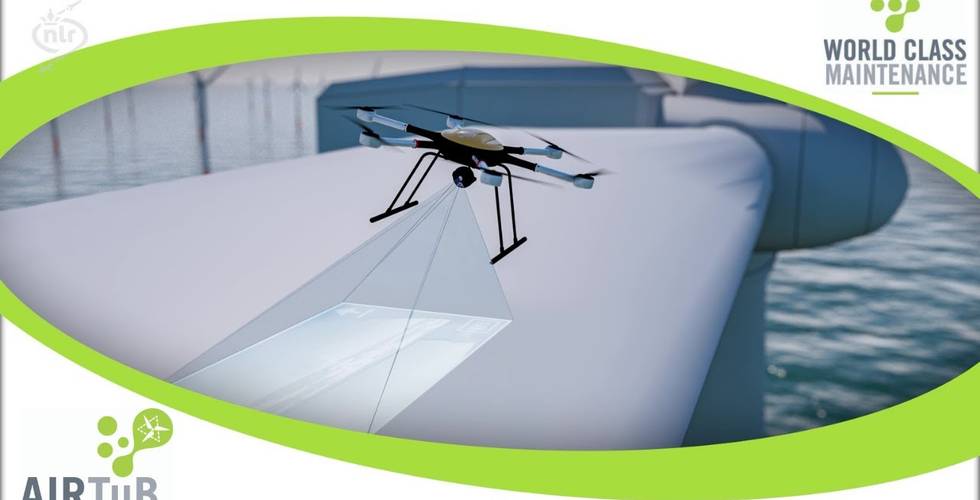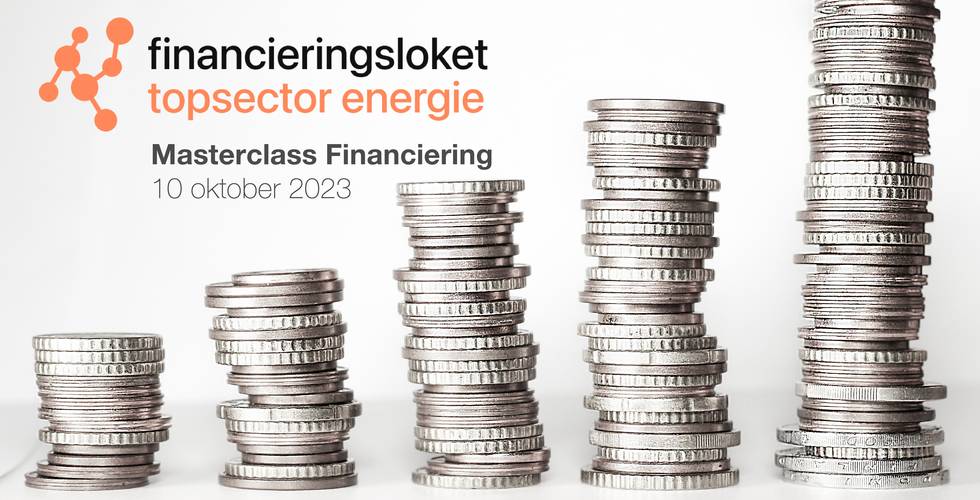The report provides insights on the feasibility of a Dutch facility for green hydrogen industrial scale production value chain endurance testing.
Market Demand: There is significant market demand as two thirds of responses from the market consultation flagged significant interest for an endurance test facility. The results show the urgency for such facility, and to have it operational within the next two years. A testing facility should focus on Technology Readiness Level (TRL) between 6 – 8. Open access testing facilities are of critical importance to small and medium sized companies (SMEs) to overcome system / product development and commercialisation challenges.
Testing capacity and duration: Testing facilities should have a capacity between 1-10MW and aim for testing duration of 3-12 months. This is mainly sustained by the fact these ranges attract many potential users now, but also ensures future proofing of the test facility.
Testing Metrics: The key testing metrics are utility use, efficiency, degradation over time, pressure, purity, temperature. In line with these needs is the desire to benchmark performance according to industry testing standards by an independent organisation. The dynamic performance and start/stop cycles occurring with renewable energy integration on electrolyser performance/stability, balance of plant (BoP) and end-user integration is also of great interest.
Component vs. full system testing: Testing should range from single component to full system testing. Single components to be tested are likely to be: electrolysers, power electronics, BoP and compression. Full system testing focusses on the whole hydrogen value chain but excludes water treatment and hydrogen storage.
Characteristics of the test facility: The test facility will be a shared service. The design of the facility needs to be modular and readily adjustable to the needs of the user. Accommodating all major types of electrolysers (Alkaline, PEM, AEM & SOEC), therefore it is advised to design and construct the testing bays to enable for the various type of technologies.
Components of the test facility: Designing and constructing a test facility that caters to all potential user requirements requires significant (pre-)investments. Before taking all future user requirements as facts and designing the test facility to accommodate these needs, it is important to challenge the costs associated with these demands to the future users. This is further discussed in the recommendations below.
Organisation: The organisation of the test facility should ensure that all regulations, permitting, hydrogen offtake and HSSE aspects are secured. This requires proper organisation with operators, engineers, subject-matter experts, and a safety officer.
Unique selling points (USP) endurance test facility: Matching the market demand with what has already been covered the existing facilities in north west Europe led to the following unique selling points of a national endurance test facility:
● Industrial scale testing at 1-10MW capacity per bay for months.
● Testing of entire systems or subsystems at TRL 6-8.
● Being able to accommodate different electrolyser technologies.
● Possibility to connect existing facilities in the Netherlands with the endurance test facility and provide a single process to go through all TRL’s for green hydrogen production.
Functional Design: For the Green Field development of a test facility, the Basis of Design should at least be in compliance with the following criteria (must-haves):
● The facility must be able to accommodate minimum of 15MW (1x10MW + 5x1MW, potentially combined into multiple MW’s) electrolyser capacity.
● The facility must be able to accommodate different components of the value chain in a modular way.
● The facility must be able to run multiple and independent tests in parallel.
● The facility must be able to accommodate different (electrolyser) technologies.
Cost Estimate: Based on the functional design, specifications, and additional assumptions a cost estimate (P50, A Class 5 AACE1) was developed for a greenfield endurance test facility. PEM and alkaline electrolysis technologies are used to study the CapEx and OpEx. The basic figures for a 15MW facility:
● CapEx: 42.25 - 46.25 M€ (excluding electrolyser stack)
● OpEx: 1.58 – 1.69 M€/year (excluding utility use for the electrolyser)
Additional assumptions were made for the functional design to develop the cost estimates. Both the cost estimates for PEM and alkaline show a similar trend; the CapEx and OpEx of all components besides the electrolyser decrease per megawatt with increasing capacity. A high utilisation of the full capacity could be a significant cost reducer per megawatt of installed test capacity. Besides, financing cost will contribute significantly to the running costs of the facility. Lastly, test facility utilization rate and utility use for electrolyser testing will drastically influence the costs for future users.
Recommendations: the report contains a complete list of recommendations.



